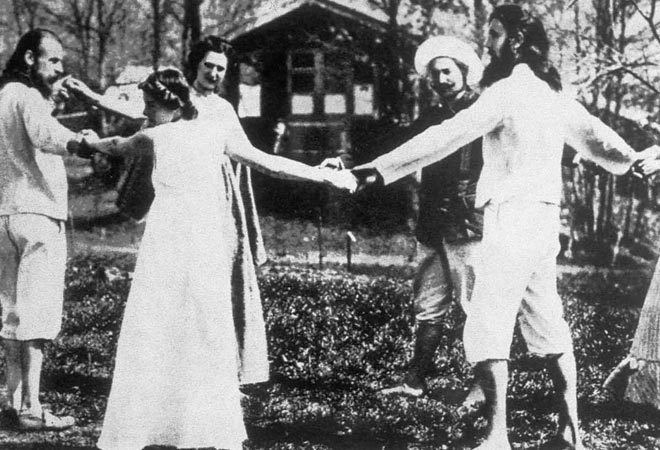Elevation 321 m | ||
 | ||
The truth about monte verit
Monte Verità (literally Hill of Truth) is a hill (350 meters or 1,150 feet high) in Ascona (Swiss canton of Ticino), which has served as the site of many different Utopian and cultural events and communities since the beginning of the twentieth century, having started out as a popular destination for Wandervogel hikers during the Lebensreform period.
Contents
- The truth about monte verit
- Map of Monte VeritC3A0 6612 Ascona Switzerland
- Monte verit conference cultural centre
- HistoryEdit
- PresentEdit
- In fictionEdit
- References
Map of Monte Verit%C3%A0, 6612 Ascona, Switzerland
Monte verit conference cultural centre
HistoryEdit
In 1900, Henry Oedenkoven, the 25-year-old son of a businessman from Antwerp, and his companion Ida Hofmann purchased a hill in Ascona which had been known as "Monescia" and established the "Co-operative vegetarian colony Monte Verità". The colony was established first on principles of primitive socialism, but later championed an individualistic vegetarianism and hosted the Monte Verità Sanatorium, a sun-bathing establishment.
The colonists "abhorred private property, practised a rigid code of morality, strict vegetarianism and nudism. They rejected convention in marriage and dress, party politics and dogmas: they were tolerantly intolerant."
Anarchist physician Raphael Friedeberg moved to Ascona in 1904, attracting many other anarchists to the area. Artists and other famous people attracted to this hill included Hermann Hesse, Carl Jung, Erich Maria Remarque, Hugo Ball, Else Lasker-Schüler, Stefan George, Isadora Duncan, Carl Eugen Keel, Paul Klee, Carlo Mense, Arnold Ehret, Rudolf Steiner, Mary Wigman, Max Picard, Ernst Toller, Henry van de Velde, Fanny zu Reventlow, Rudolf von Laban, Frieda and Else von Richthofen, Otto Gross, Erich Mühsam, Karl Wilhelm Diefenbach, Walter Segal, Max Weber, Gustav Stresemann, and Gustav Nagel.
From 1913 to 1918, Rudolf Laban operated a "School for Art" on Monte Verità, and in 1917 Theodor Reuss, Master of the Ordo Templi Orientis organized a conference there covering many themes, including societies without nationalism, women's rights, mystic freemasonry, and dance as art, ritual and religion.
From 1923 to 1926, Monte Verità was operated as a hotel by artists Werner Ackermann, Max Bethke and Hugo Wilkens, until it was acquired in 1926 by Baron Eduard von der Heydt. The following year, a new Modernist-style hotel was built by Emil Fahrenkamp. Eduard von der Heydt died in 1964, and the site became the property of the Canton of Ticino.
PresentEdit
Monte Verità is currently home to the ETH Zurich conference facility, Centro Stefano Franscini, as well as a museum comprising three buildings: the Casa Anatta, a flat-roofed wooden building which served as headquarters to the vegetarian colony and now houses an exhibition of the history of the site; the Casa Selma, a small building which was used to house sun-bathers at the Sanatorium; and a building housing the panoramic painting "The Clear World of the Blessed", by Elisar von Kupffer. The hill is also the site of a tea garden and Japanese teahouse.
In fictionEdit
A fictionalized version of the colony at Monte Verità is the subject of a short story named "Monte Verità" by the Cornish author Daphne du Maurier which appeared in The Apple Tree published in 1952, and then republished under the name The Birds and Other Stories. A.S. Byatt's 2009 novel The Children's Book mentions the colony, as does Robert Dessaix's 1996 novel Night Letters.
Monte Verita is the location for some of the climactic action in the graphic novel trilogy Suffrajitsu: Mrs. Pankhurst's Amazons (2015).
